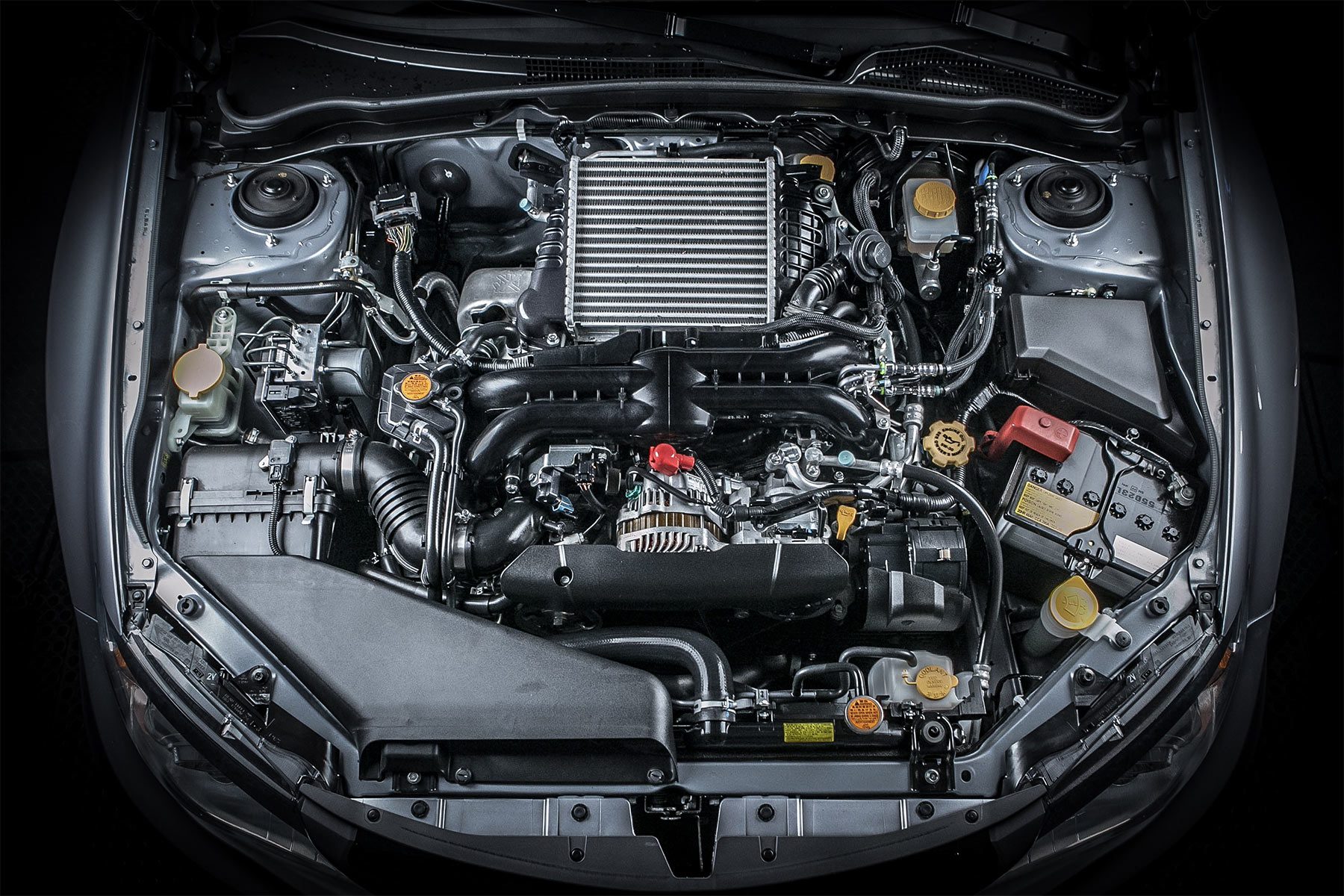Opel Corsa Engine: Everything You Need to Know Prior To Acquiring
Opel Corsa Engine: Everything You Need to Know Prior To Acquiring
Blog Article
Discovering the Inner Functions of a Compact Vehicle's Engine System
As chauffeurs, we usually take for given the complex procedures that occur within the confines of our lorry's engine system. In this exploration of a small vehicle's engine system, we will certainly untangle the inner functions of this mechanical harmony, losing light on the secrets that drive us onward on our daily journeys.
Combustion Refine Review
The combustion procedure in a portable automobile's engine system is a critical mechanism that effectively transforms gas right into energy to power the automobile. This procedure occurs within the burning chamber of the engine, where gas and air mix, stir up, and produce controlled explosions. The combustion process contains four main stages: consumption, power, exhaust, and compression.
During the intake phase, the piston moves downward, attracting in a mix of air and gas into the burning chamber. The following phase, compression, includes the piston relocating up, compressing the air-fuel blend to increase its potency. Ultimately, in the power stage, the ignition system fires up the pressed mixture, leading to a quick growth of gases that compels the piston back down. This down activity generates the power needed to drive the lorry. In the exhaust stage, the burnt gases are eliminated from the combustion chamber with the exhaust valve, preparing the chamber for the next cycle. This cyclic burning procedure is fundamental to the operation of a small lorry's engine system, guaranteeing effective power conversion for propulsion.
Piston and Cyndrical Tube Communication

The piston's precise fit within the cylinder is crucial for keeping optimum compression and protecting against power loss throughout burning. Limited clearances between the piston and cyndrical tube wall surfaces make certain reliable securing, permitting the piston to relocate efficiently without enabling gases to leak past. Proper lubrication is also vital to reduce rubbing and put on in between these components, enhancing long life and efficiency.
Moreover, the style and materials used in making the piston and cyndrical tube influence engine effectiveness and toughness. Modern engines usually utilize lightweight yet sturdy materials like aluminum alloys for pistons and cyndrical tube liners to decrease inertia and enhance thermal performance. On the whole, the harmonious interaction in between the piston and cylinder is fundamental to the engine's capability and overall efficiency.
Fuel Injection System Capability
Fuel injection systems in portable car engines play a crucial role in specifically providing gas to the combustion chamber for controlled and reliable ignition. The gas shot system works by injecting fuel right into the combustion chamber at the optimal moment throughout the engine's operation (opel corsa engine). This exact timing guarantees that the gas mixes uniformly with the air for proper combustion, causing improved fuel performance and minimized emissions
There are largely two types of fuel shot systems used in small vehicle engines: Visit This Link port gas shot (PFI) and straight fuel shot (DFI) PFI systems inject gas into the consumption port before the consumption shutoff, while DFI systems inject gas straight into the burning chamber. Both systems have their benefits, with DFI providing far better fuel atomization and PFI supplying a more economical remedy.
Understanding Engine Air Conditioning Mechanisms
Reliable procedure of a compact lorry's engine counts greatly on the performance of its cooling systems. The cooling system in a portable lorry normally is composed of several parts functioning together to regulate the engine temperature level. Recognizing these engine air conditioning systems is vital for keeping the efficiency and longevity of a portable car's engine Full Article system.

Exhaust System Elements Explained
The ideal functioning of a portable lorry's engine air conditioning mechanisms depends on a corresponding system understood as the exhaust system, which comprises different important components for ensuring efficient discharges and engine performance. The exhaust manifold gathers exhaust gases from the engine's cylinders and paths them to the catalytic converter.
One vital component of the exhaust system is the oxygen sensor, which checks the oxygen levels in the exhaust gases to assist manage fuel usage and ensure ideal engine efficiency. opel corsa engine. Furthermore, the resonator might be existing in some exhaust systems to decrease sound degrees. In general, the exhaust system plays a crucial duty in keeping engine effectiveness, reducing dangerous exhausts, and ensuring a quieter driving experience for small go to this site automobile owners

Conclusion
To conclude, the compact automobile's engine system is an intricate mix of components that collaborate to assist in the burning procedure, convert fuel right into energy, and remove waste gases. Recognizing the inner functions of the engine system, consisting of the piston and cyndrical tube communication, fuel injection system, engine cooling devices, and exhaust system parts, is critical for preserving optimum performance and performance of the car.
The combustion process in a portable automobile's engine system is an important system that effectively transforms gas into power to power the lorry.Gas shot systems in compact lorry engines play an important function in precisely providing gas to the burning chamber for regulated and reliable ignition.There are largely 2 types of fuel shot systems used in compact vehicle engines: port fuel injection (PFI) and direct gas shot (DFI) Recognizing these engine cooling systems is vital for maintaining the performance and durability of a compact car's engine system.
The ideal performance of a portable lorry's engine air conditioning mechanisms depends on a complementary system known as the exhaust system, which comprises various crucial parts for making certain efficient emissions and engine performance.
Report this page